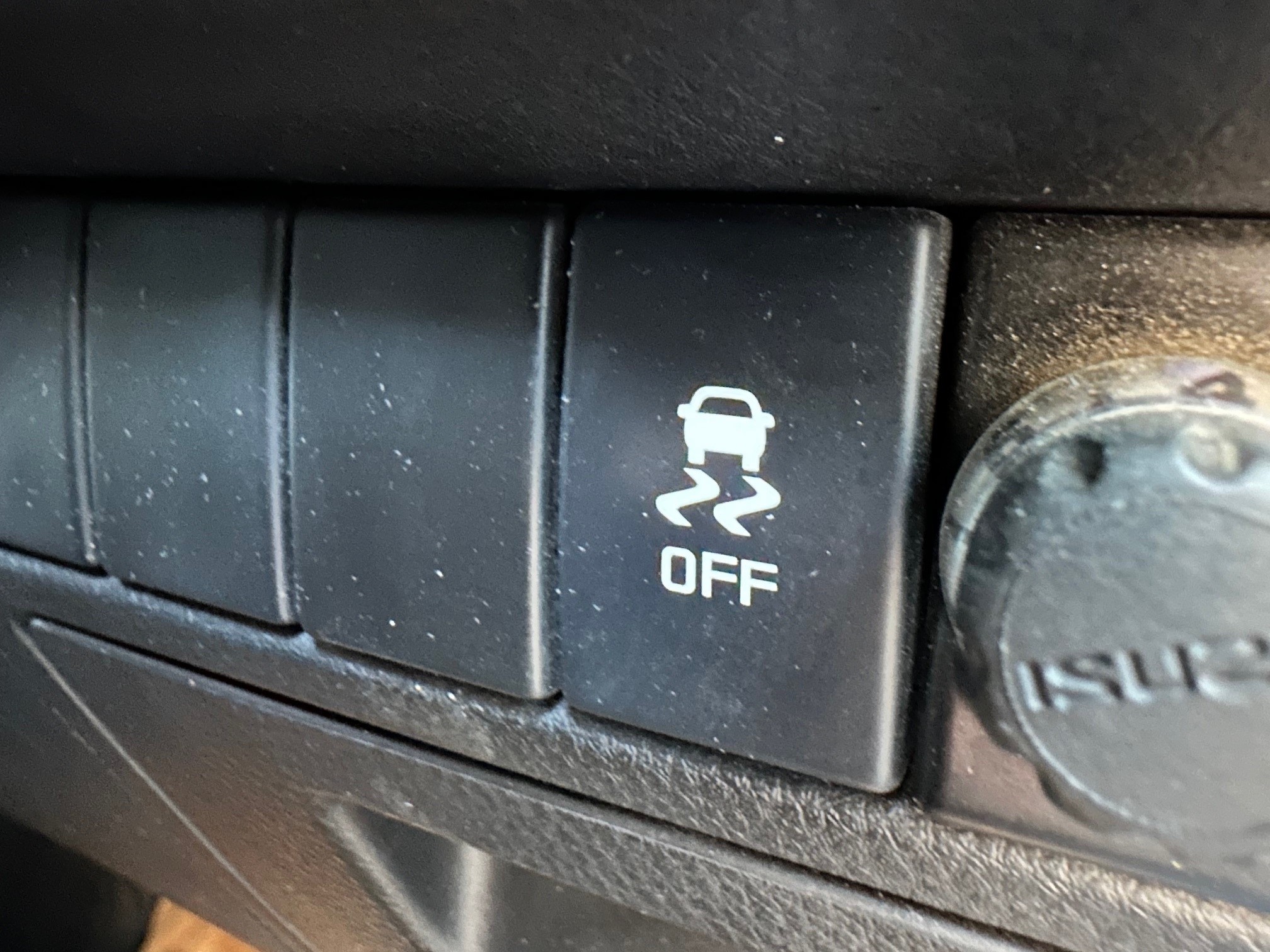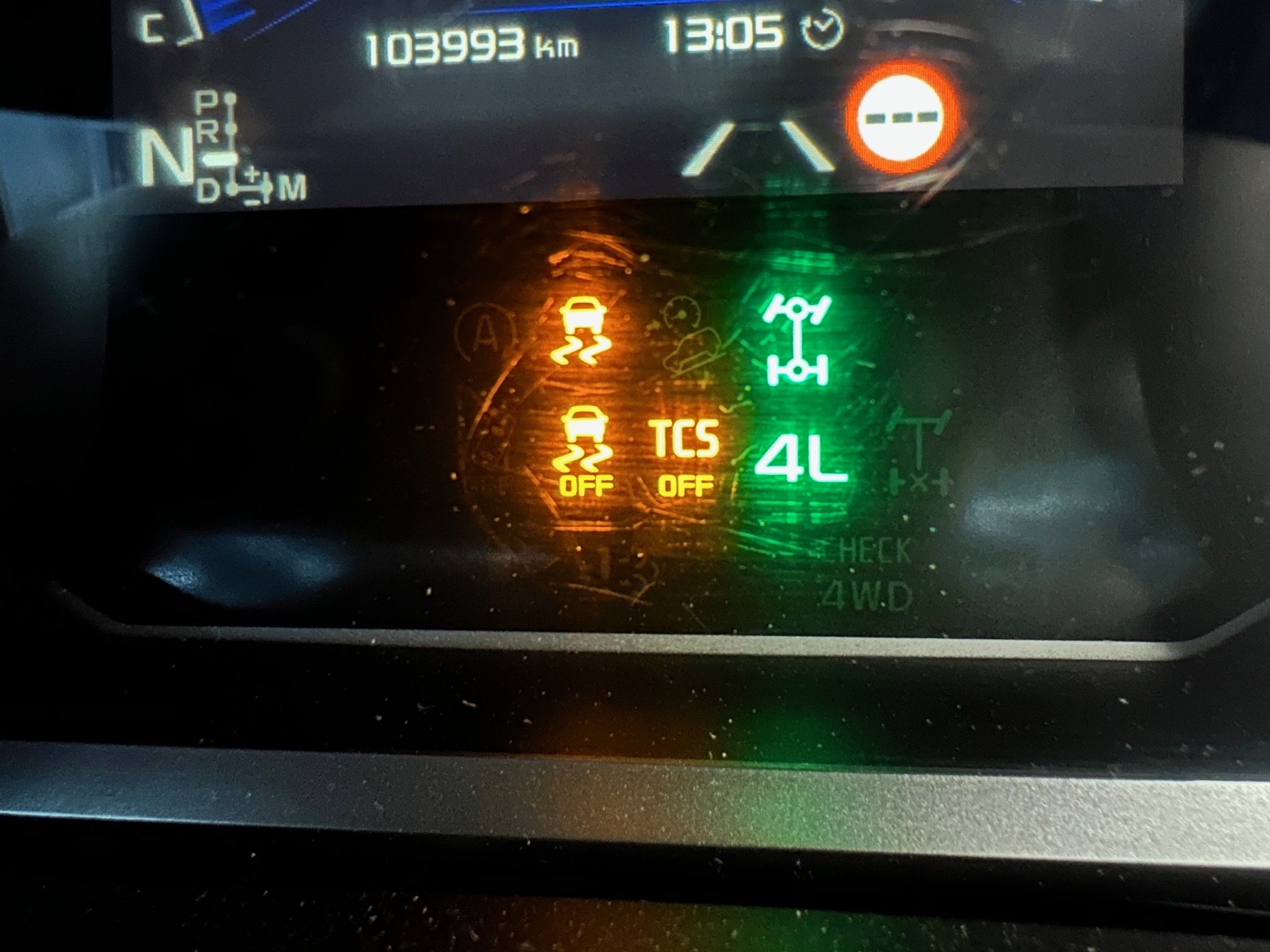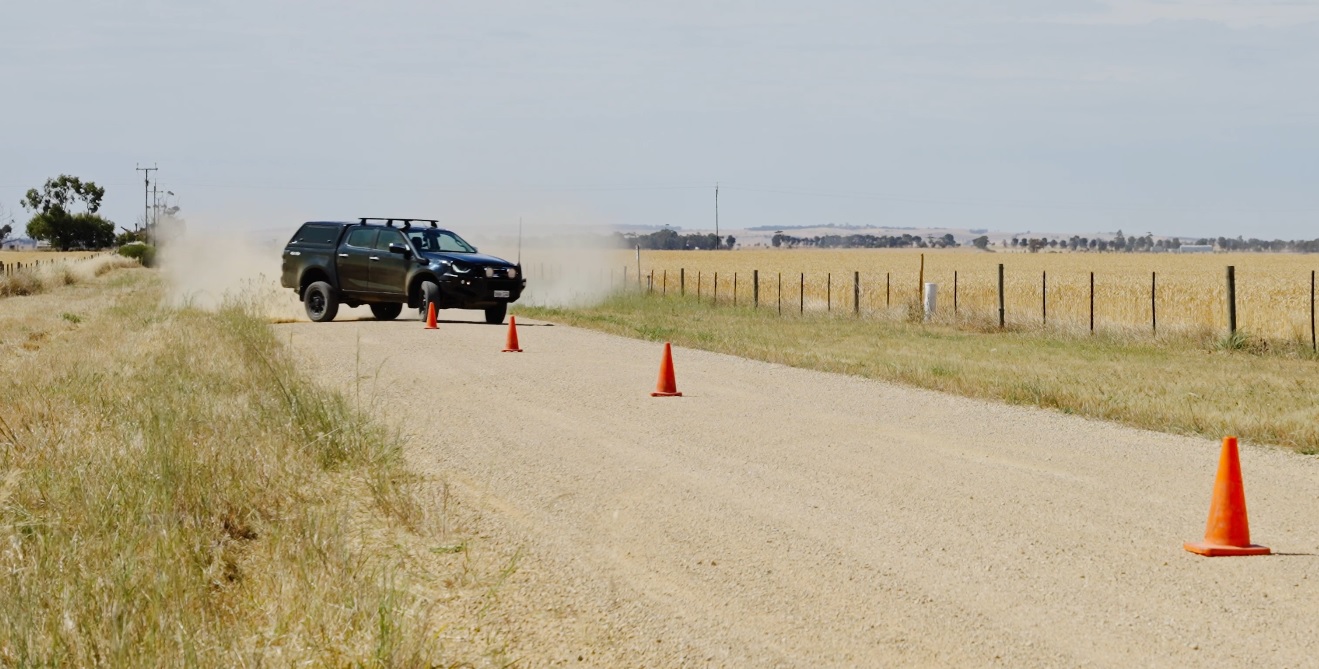What’s the most important road safety advancement of the past 50 years? No hesitation—Anti-Lock Brakes. It’s a no-brainer. The safety trifecta of ABS (Anti-lock Braking System), TRC (Traction Control) and VSC (Vehicle Stability Control) all exist because we’ve come to understand a fundamental truth: a wheel that’s spinning or skidding has lost grip.

ABS: steering while braking
Let’s start with ABS and its magical mix of sensors and smarts.
Modern ABS uses a wheel sensor at each corner and a brake computer that communicates with the callipers and rotors (or drums). Before ABS, a panic brake would see your front wheels lock up and skid. Steering? Forget it. With no rotation, there’s no grip, and that kangaroo, camel or kid on a bike is now in your lap.
ABS pulses the brakes, allowing the wheels to rotate just enough for the tyre to grip and maintain steering. It’s the difference between stopping in control and sliding into trouble.
Traction Control: brakes that make you go
Using the same principle (regulating wheel rotation), Traction Control (TRC or TCS) steps in when one or more wheels start spinning under power.
It comes in two main flavours: one for the road, and one for off-road.
Let’s talk on-road first. I was reminded recently just how good modern systems are when my hometown of Adelaide saw some rare rain. That first wet day brings out every slick, oily patch on the bitumen, especially at intersections where grime builds up.
Taking off from a standstill, I had a dashboard light show: the combined TCS/VSC warning lit up as my spinning tyres were being gently pulsed back into line by the system. Power was trimmed, brakes were applied, and grip returned - smooth and easy. That all happens around 2,000 - 2,500rpm.
Off-road, traction control works differently. In LOW range, the system kicks in earlier, around 1,200rpm, and gently brakes a spinning wheel the moment it senses slip. It’s a brilliant tool on steep, shaly climbs where grip is marginal, and finesse matters.

Vehicle Stability Control: the invisible hand that steers you straight
Then there’s Vehicle Stability Control (VSC), arguably the quiet achiever in the safety trio.
VSC monitors a suite of inputs: steering angle, throttle position, brake force, yaw, roll, pitch and speed. When it detects that the vehicle’s behaviour doesn’t match what it should be doing, it steps in, selectively braking individual wheels and trimming engine power to straighten you out.
Think of it as the system that knows waggle from wobble, and when things get out of shape, VSC pulls it all back into line.
Why 4WD drivers should care
Here’s the kicker: most accidents don’t happen when you’re crawling through ruts in LOW range. They happen at speed, either on bitumen or dirt, when you’re heading to or from your favourite 4WD destination.
That’s when you’re at your greatest risk, and where layering your protection makes a huge difference.
Driving a 4WD in 2WD on dirt is, frankly, a rubbish idea. You’re asking way too much of the electronics to keep you out of trouble. Hit a corner too hot and you’ll likely trigger:
- Understeer, where the car keeps going straight when you’re turning
- Oversteer, where the rear steps out unexpectedly
- ABS, if you’re on the brakes
- TCS, if you’re on the throttle
- VSC, if the car starts sliding with a big yaw angle
Yes, the electronic safety gods may save you. But they’ll be working overtime.
Engaging HIGH range 4WD changes the game. Now, power’s going to all four wheels, not just the rears, making the platform more stable and less likely to get out of shape in the first place. If you do slide, the systems have less work to do—and their inputs will be almost unnoticeable.
I leave all my safety systems ON in HIGH range, whether I’m on bitumen or graded dirt. The only exceptions? Beaches and mud. In those two environments, the last thing you want is a system yanking power or tapping the brakes just when you need momentum most.
In those cases, hold the TCS/VSC button until both systems are disabled. Your dash lights will confirm.
Also worth remembering: whenever you switch into LOW range, VSC automatically disables - it’s a high-speed system, and LOW range is for crawling, not sprinting.

It then comes down to tyres
All the electronic wizardry in the world - ABS, traction control, stability systems - still depends on one simple thing: contact with the road. That contact comes via your tyres.
Whether you’re cruising on bitumen, exploring backroads, or tackling low-range terrain, regularly checking your tyre condition, pressures and suitability for the task at hand is just as important as knowing how to engage your 4WD system.
Because at the end of the day, technology can help - but it’s the combination of smart driving, correct setup, a capable and properly maintained tyre that gives you the best chance of keeping things safe and steady when it matters most.\
Discovery Sessions may change how you think about the rubber beneath your rig.
Want to learn more? Watch the video below or Sign up here to our Online Discovery Sessions, to become a Toyo certified dealership today!
